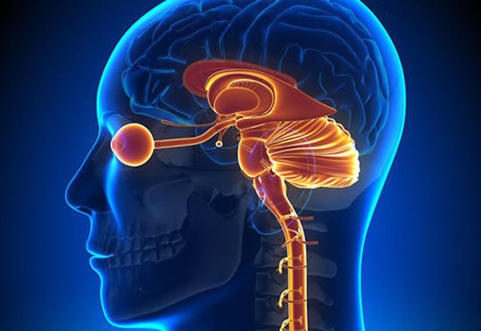
New brain research gives hope to adults with lazy eye
Friday 02 June 2017For those with amblyopia (or “Lazy Eye”) the prognosis in adulthood is not good. But new Canadian research seriously challenges the currently held belief in the UK that treatment after the age of 8 is unlikely to yield results.
A new study published in the Journal of Neuroscience suggests that the human brain’s visual-processing centre develops into our 40’s, rather than just during the first few years of life. The study, led by Professor Kathryn Murphy of the University of Ontario, confirms preliminary findings which showed that there are some proteins in the primary visual cortex that continue to develop during our adult life.
Professor Murphy states: "There's a big gap in our understanding of how our brains function. Our idea of sensory areas developing in childhood and then being static is part of the challenge. It's not correct."
It is estimated that 2-3% of children in the UK are diagnosed with lazy eye by the age of 4 every year. The new discovery brings new hope of treatment for the condition to thousands of adults up to the age of 40 who are currently considered too old for effective corrective therapy.
Sources:
Medical News Today:
Eyesight continues to develop until your 40s, new study finds.News Medical:
Visual cortex of the brain develops gradually throughout life, study reveals.
Comments
Post a comment…
A Serious Blog
News and views from around the world on lighting, eyecare and eye conditions.
Twitter: @seriousreaders
Facebook:facebook.com/seriousreaders
Recent posts
- The goal of a single-dose treatment for wet AMD
- A 7- to 8-fold higher risk of vision loss has been linked to this common drink
- Scientists pinpoint key gene in fight against dry AMD
- Bright and dark states of light: Rethinking a fundamental phenomenon
- Exploring photobiomodulation: A potential new direction for dry AMD research

Join the private email list for first access and the occasional offer we do not publish.